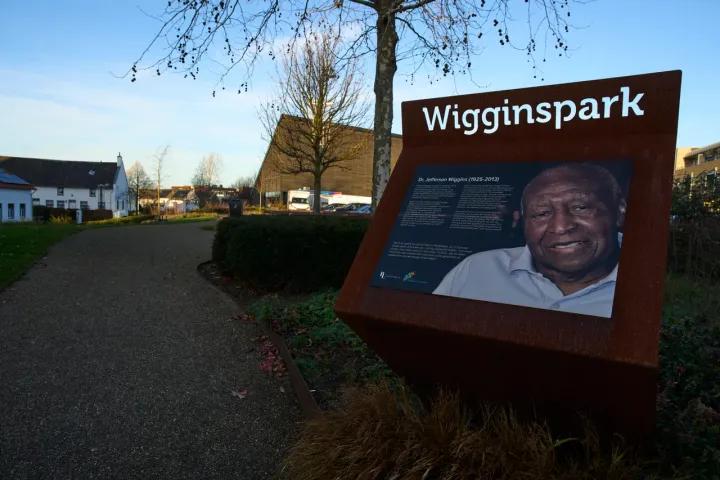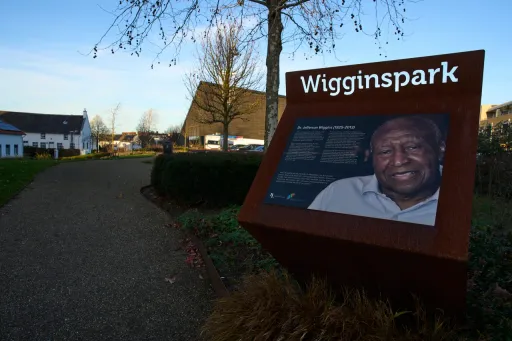Presidential polls have been proven to be wrong many times in past elections and this year’s election has no clear signs, which suggest that none of the presidential candidates has a significant advantage over the other.
In an election season full of drama—from two assassination attempts on Republican candidate Donald Trump to President Joe Biden’s withdrawal following a poor debate performance—the2024 US presidential race remains remarkably close.
With Vice-President Kamala Harris stepping in as the Democratic nominee, initial enthusiasm among Democrats appears to have faded, as recent polling shows the race nearly tied.
In most swing states, which will ultimately decide who will be the next president, the race is also so close,many recent polls predict.
Trump’s edge
AWall Street Journal (WSJ) poll released on October 23 found Trump narrowly leading Harris, 47% to 45%, indicating a shift in his favour since August.
In today’s editorial, the WSJ, that did not endorse any candidate,noted that migration from blue states to red states since 2020 due to high-taxes and other economic factors might present an advantage to Trump, exemplifying how Florida has become “solidly Republican” over time.
Similarly, a CNBCsurvey from October 24 found Trump ahead of Harris, 48% to 46%, among registered voters. AnAtlasIntel poll, published shortly after, also showed a slight edge for Trump over Harris.
Neck and neck
Yet, other recent polls paint a different picture.
NBC News andEmerson College found that Harris and Trump are in a dead heat, being tied at 49 percent for each. A recentThe New York Times/Siena College poll came out with a similar conclusion, suggesting a 48%-48% deadlock.
An OctoberCNN/SSRS poll reflected a similar trend, with both candidates garnering 47% support, mirrored by aYahoo News/YouGov poll.
Harris’s narrow lead
Some data models, however, favour Harris. A leading American statistician Nate Silver’s finalanalysis, based on 80,000 simulations, suggests a slight advantage for Harris.
Silver, known for accurately predicting the outcomes of the 2008, 2012, and 2020 elections, anticipates a close race but leans toward a Harris win. FiveThirtyEight, the polling analysis group Silver founded, also gives Harris a narrow lead at 50% to Trump’s 49%.
Other polls also tilt slightly toward Harris.
Both Silver Bulletin and FiveThirtyEight, whose analyses are based on the probability of each candidate’s winning chances, have different methods than many other pollsters, which estimate how much each competitor will receive.
A PBS News/NPR/Marist poll from late October showed Harris ahead by four points (51%-47%), while an ABC/Ipsos survey put her up by three points, 49%-46%.
Historian Allan Lichtman, who has successfully forecasted nearly every presidential election since 1984, predicts a Harris victory.
Using a model based on 13 “keys” to the White House—including factors like social stability, foreign policy, and the economy—Lichtman’s method draws on more than a century of presidential data to suggest a win for Harris.
While demographic shifts and unique polling models introduce uncertainty, the outcome remains anything but clear.
For now, it appears either candidate could clinch victory, making this one of the most unpredictable elections in recent memory.
























